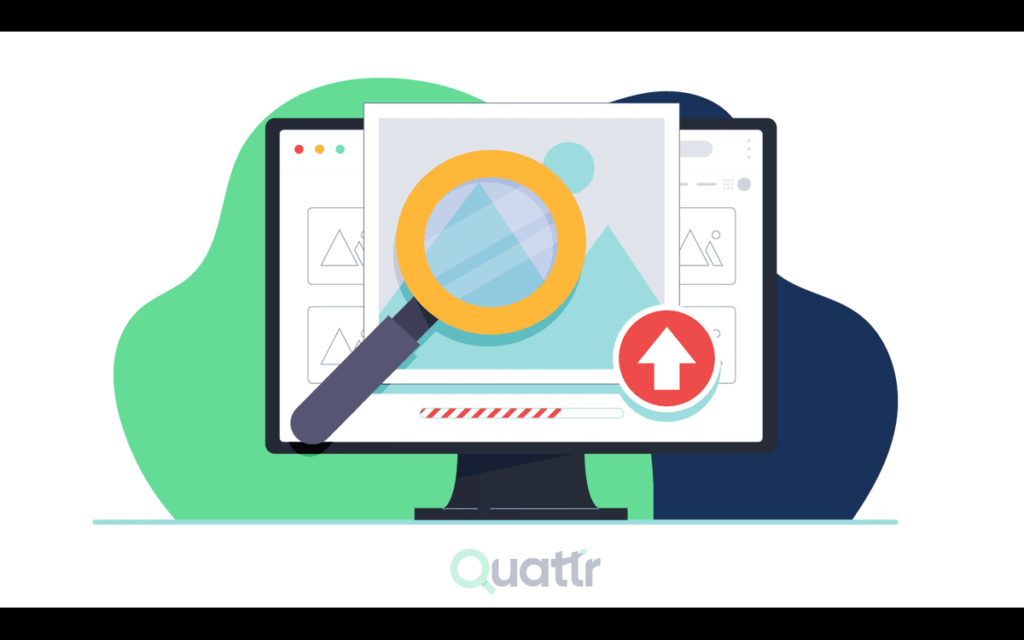Introduction to Scaling Images
Images are an integral part of web content, enhancing the visual appeal and conveying information effectively. However, when it comes to website optimization and SEO, the size and scaling of images play a crucial role in determining the overall performance of a website.
Importance of Scaling Images for SEO
In the realm of search engine optimization (SEO), every aspect of a website matters, including its images. Properly scaled images can significantly impact a website’s SEO performance, affecting factors such as page load speed, user experience, and search engine rankings.
Understanding Image Scaling
What is Image Scaling?
Image scaling refers to the process of adjusting the dimensions of an image, either increasing or decreasing its size while maintaining its aspect ratio. This process ensures that images fit appropriately within the layout of a webpage without compromising quality.
Types of Image Scaling Techniques
There are various techniques for scaling images, including resizing, cropping, and compressing. Each technique serves a specific purpose and is used based on the requirements of the website and its content.
Benefits of Properly Scaled Images
Properly scaled images offer several benefits that contribute to overall website optimization and SEO.
Improved Page Load Speed
Large, unoptimized images can significantly slow down the loading time of a webpage. By scaling images appropriately, the page load speed can be optimized, resulting in a better user experience and higher search engine rankings.
Enhanced User Experience
Images that are scaled correctly contribute to a visually pleasing and user-friendly website. Visitors are more likely to engage with content that is visually appealing and easy to consume, leading to lower bounce rates and increased time spent on the site.

Better SEO Rankings
Search engines consider page load speed and user experience as ranking factors. Websites with properly scaled images tend to perform better in search engine results, as they provide a smoother browsing experience for users.
How to Scale Images Effectively
Scaling images effectively requires the use of appropriate tools and techniques to ensure optimal results.
Using Image Editing Software
Image editing software such as Adobe Photoshop or GIMP allows users to resize and optimize images manually. This method provides full control over the scaling process and allows for precise adjustments.
Online Image Scaling Tools
There are numerous online tools available for scaling images quickly and easily. These tools typically offer features such as batch resizing, compression, and format conversion, making them ideal for optimizing images for the web.
Plugins for Content Management Systems (CMS)
Many CMS platforms, such as WordPress, offer plugins specifically designed for image optimization and scaling. These plugins automate the process of resizing and compressing images, simplifying the optimization workflow for website owners.
Best Practices for Scaling Images
To ensure optimal results when scaling images, it is essential to follow best practices.
Maintain Aspect Ratio
When resizing images, always maintain the original aspect ratio to prevent distortion and ensure that images appear correctly on all devices and screen sizes.
Compress Images Without Losing Quality
Compress images using lossless compression techniques to reduce file size without sacrificing image quality. This helps improve page load speed without compromising the visual integrity of the images.
Choose the Right File Format
Select the appropriate file format for images based on their content and intended use. For photographs and images with many colors, use JPEG format, while PNG format is suitable for images with transparency or text overlays.
Common Mistakes to Avoid When Scaling Images
Despite the benefits of scaling images, there are several common mistakes that website owners should avoid.
Ignoring Mobile Optimization
Failing to optimize images for mobile devices can result in slow loading times and poor user experience on smartphones and tablets. Ensure that images are scaled appropriately for mobile viewing to maintain performance across all devices.
Scaling Too Small or Too Large
Scaling images too small can result in pixelation and loss of detail, while scaling them too large can lead to unnecessarily large file sizes and slow loading times. Find the right balance to ensure images are optimized for both quality and performance.
Neglecting Alt Text and Descriptions
Alt text and image descriptions play a crucial role in SEO and accessibility. Neglecting to provide descriptive alt text for images can hinder their discoverability in search engine results and make them inaccessible to users with visual impairments.
Impact of Scaling Images on Website Performance
The impact of scaling images on website performance cannot be understated.
Case Studies and Examples
Numerous case studies have demonstrated the positive impact of properly scaled images on website performance, including increased page load speed, higher search engine rankings, and improved user engagement.
Conclusion
In conclusion, scaling images is a critical aspect of website optimization and SEO. By understanding the importance of image scaling, implementing best practices, and avoiding common mistakes, website owners can improve their site’s performance, user experience, and search engine rankings.
FAQs
- Why is image scaling important for SEO?
- Image scaling impacts factors such as page load speed and user experience, which are key ranking factors for search engines.
- What are some tools for scaling images online?
- There are various online tools available for scaling images, including Canva, TinyPNG, and Squoosh.